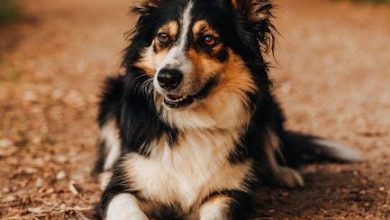Socialization Tips for Puppies to Prevent Future Aggression
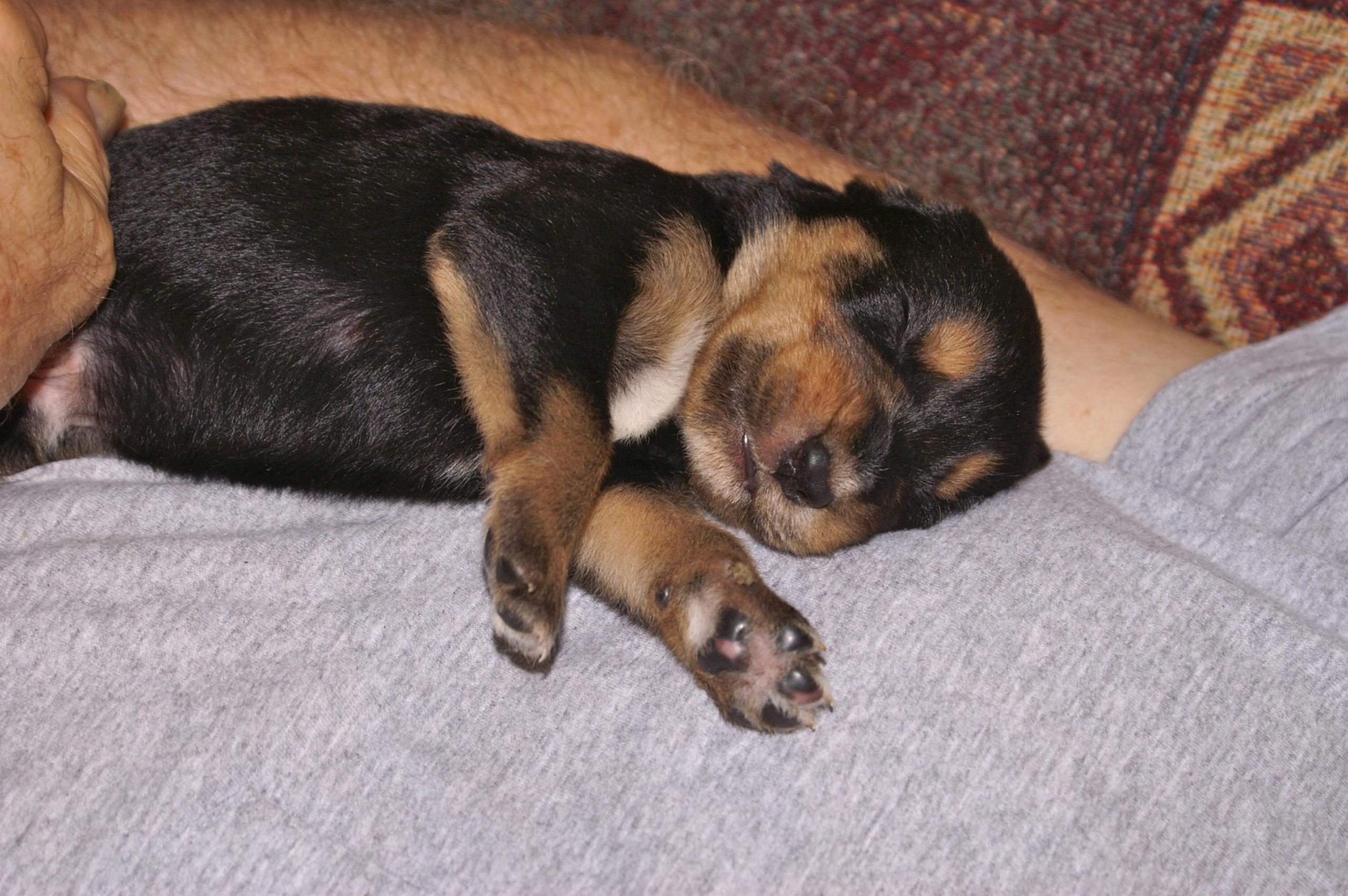
In the quiet moments before dawn, a puppy’s world is filled with unbridled curiosity and the promise of endless adventures. Each wag of the tail, each playful bark, is a testament to the boundless potential that lies within these furry bundles of joy. Yet, beneath their innocent eyes and floppy ears, there lurks a possibility that, if left unaddressed, could cast a shadow over their future interactions: aggression. As caretakers of these young canines, it becomes our joyful duty to guide them gently into the tapestry of the world, teaching them the art of harmonious living. In this article, we will explore the essential socialization tips that serve as the foundation for raising well-adjusted, friendly dogs, ensuring that the playful growls of today do not evolve into the concerning snarls of tomorrow. Join us as we embark on this journey to unlock the secrets of nurturing peace and positivity in the lives of our beloved puppies.
Building Positive Experiences: The Foundation of Puppy Socialization
Creating a nurturing environment is crucial in ensuring that your puppy grows up to be a well-adjusted and friendly adult dog. Positive experiences are the cornerstone of effective socialization, helping your puppy feel safe and confident in a variety of situations. To foster these experiences, introduce your puppy to different environments, sounds, and people in a controlled and pleasant manner. This means allowing them to explore at their own pace and providing plenty of praise and treats to reinforce good behavior.
- Expose your puppy to different surfaces like grass, gravel, and carpet to build comfort with varied textures.
- Introduce new sounds gradually, such as vacuum cleaners or doorbells, to reduce sensitivity to sudden noises.
- Meet a variety of people, including those wearing hats or glasses, to prevent fear of unfamiliar appearances.
- Organize playdates with other vaccinated puppies to encourage healthy interaction and play.
- Practice gentle handling to get them accustomed to being touched, which is essential for vet visits and grooming.
Remember, the goal is to make each new experience enjoyable and rewarding. If your puppy shows signs of fear or stress, take a step back and try a different approach or reintroduce the stimulus at a later time. The key is patience and consistency, as these positive experiences lay the groundwork for a harmonious relationship with their surroundings and other beings.
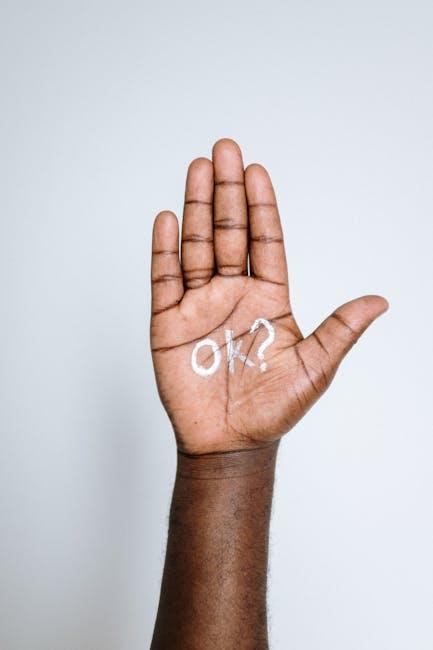
Understanding Canine Body Language: Key to Preventing Aggression
When it comes to ensuring your puppy grows into a well-mannered adult dog, understanding their body language is crucial. Dogs communicate primarily through physical cues, and recognizing these signals can help you prevent potential aggressive behavior. Pay attention to the following common signs:
- Tail Position: A wagging tail doesn’t always mean happiness. A stiff or high tail can indicate alertness or dominance, while a tucked tail might suggest fear.
- Ear Movements: Forward-facing ears can denote interest or aggression, while ears pinned back often signal anxiety or submission.
- Body Posture: A relaxed dog typically has a loose, wiggly body. In contrast, a tense, rigid posture may be a warning of discomfort or aggression.
- Facial Expressions: Watch for signs like bared teeth or a wrinkled muzzle, which can indicate a dog is feeling threatened or ready to defend itself.
By familiarizing yourself with these cues, you can intervene early, redirecting your puppy’s behavior through positive reinforcement and socialization. This understanding not only helps in preventing aggression but also strengthens the bond between you and your furry friend.
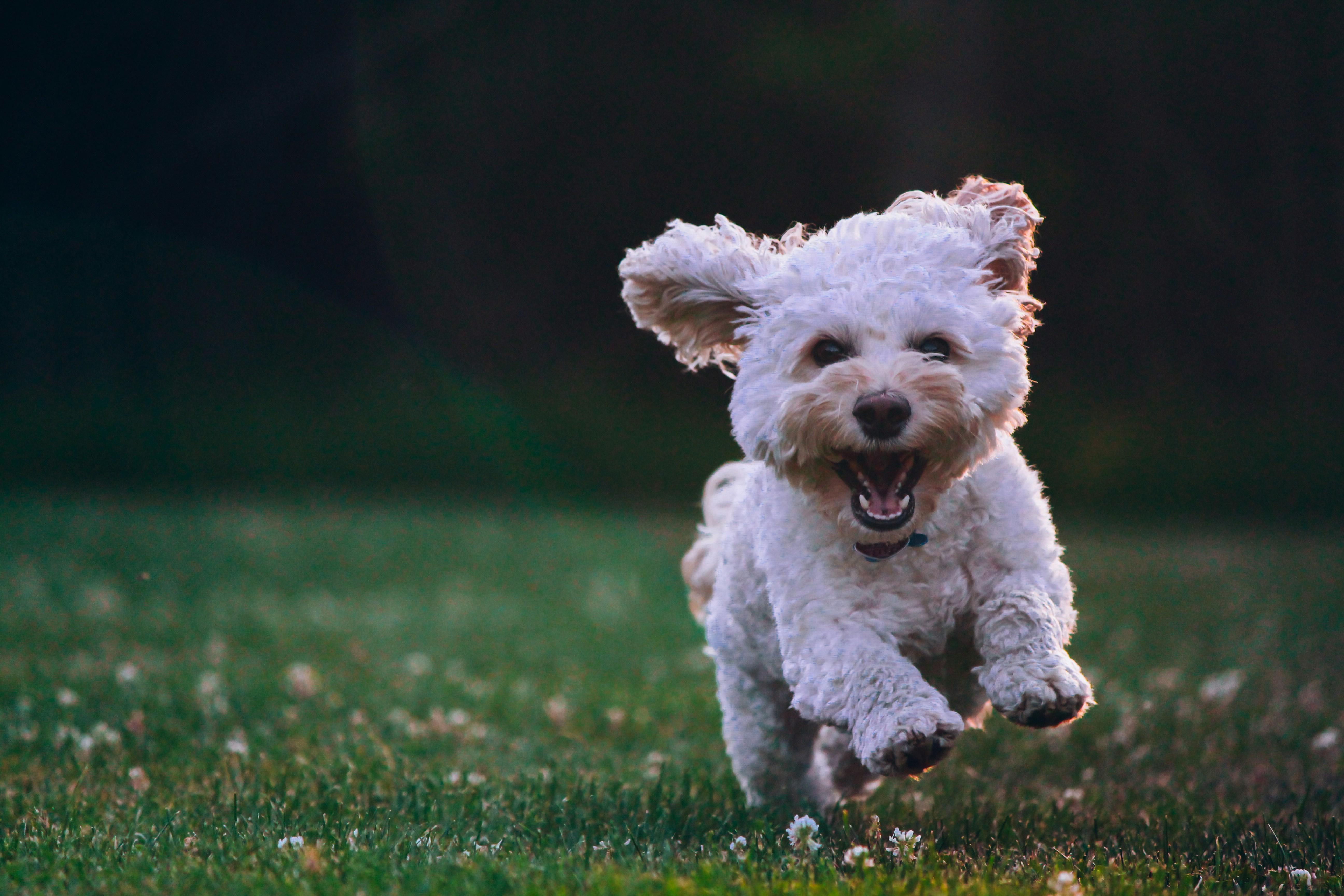
Structured Playdates: A Strategy for Safe Social Interaction
Structured playdates offer a controlled environment where puppies can learn essential social skills, paving the way for a well-adjusted adulthood. By organizing play sessions with familiar dogs, owners can manage interactions and reduce the risk of aggressive behavior. It’s crucial to introduce puppies to a variety of experiences and play styles to foster adaptability and resilience. This approach not only helps puppies understand social cues but also encourages positive behavior through repetition and reinforcement.
- Choose Compatible Playmates: Select dogs with similar energy levels and temperaments to ensure balanced play.
- Monitor Interactions: Keep a close eye on body language to intervene before any negative behavior escalates.
- Encourage Positive Play: Reward calm and friendly interactions with treats or praise to reinforce good behavior.
- Rotate Play Environments: Introduce different locations to help puppies adapt to new settings and reduce territorial behavior.
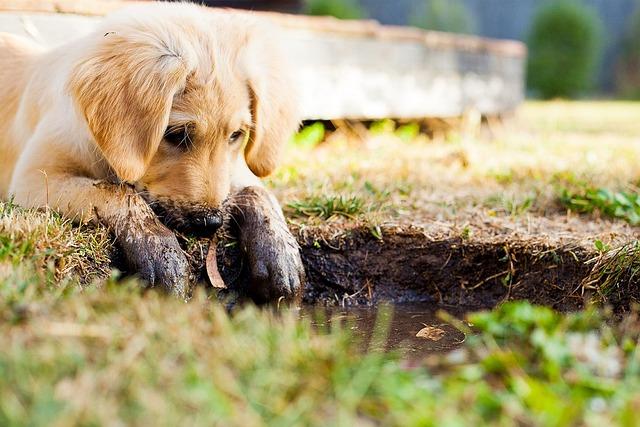
Desensitization Techniques: Preparing Puppies for Real-World Scenarios
One effective approach in preparing puppies for the diverse challenges of the outside world is through strategic exposure and gradual desensitization. By systematically introducing your puppy to various stimuli in a controlled manner, you can help them develop a balanced and confident demeanor. Begin by creating a list of common scenarios your puppy might encounter, such as different types of people, vehicles, noises, and environments. Gradually expose them to each element, ensuring the experiences remain positive and stress-free. Use treats and praise to reinforce calm behavior and build a positive association with new encounters.
- Sound Desensitization: Play recordings of everyday noises like traffic, thunderstorms, or household appliances at a low volume. Gradually increase the volume over time as your puppy becomes more comfortable.
- Visual Stimuli: Introduce your puppy to various sights such as bicycles, skateboards, or people in uniforms. Ensure these interactions are brief and positive, using treats to reward calmness.
- Handling and Touch: Regularly handle your puppy’s paws, ears, and tail to get them accustomed to being touched. This can prevent future anxiety during grooming or veterinary visits.
By incorporating these desensitization techniques into your puppy’s routine, you set the foundation for a well-adjusted and socially adept adult dog, capable of navigating the complexities of the real world with ease.


